各知識領域介紹和關聯式創新(國際英文版)
Knowledge Departments and Invenrelation
配送方式
-
台灣
- 國內宅配:本島、離島
-
到店取貨:
不限金額免運費




-
海外
- 國際快遞:全球
-
港澳店取:



內容簡介
The structure of this book is composed by the explanations of each department (about 50 departments are discussed). For each department, there are three sections: the first section is about the high level introduction of knowledge studied at this department, the second section is about current research problems investigated by researchers/faculties associated with this department, finally, the last section will present potential ideas generated from remote association. An interesting feature of this book is that my kids (8 and 10 years old) prepare a plot for each department to demonstrate their imagination about each department. Their plots may look childish, but they show primary understanding about each department at least.
目錄
Department of Computer Science
Department of Electrical Engineering
Department of Civil Engineering
Department of Chemical Engineering
Department of Materials Science
Department of Linguistics and Literature
Department of History
Department of Philosophy
Department of Anthropology
Department of Library and Information Science
Department of Religion
Department of Environmental Engineering
Department of Industry Engineering
Department of Mechanical Engineering
Department of Biomedical Engineering
Department of Mathematics
Department of Physics
Department of Chemistry
Department of Geology
Department of Psychology
Department of Atmospheric Sciences
Department of Marine
Department of Politics
Department of Economics
Department of Sociology
Department of Law
Department of Public Health
Department of Medicine
Department of Biology
Department of Agronomics
Department of Forest
Department of Aquaculture
Department of Electrical Engineering
Department of Civil Engineering
Department of Chemical Engineering
Department of Materials Science
Department of Linguistics and Literature
Department of History
Department of Philosophy
Department of Anthropology
Department of Library and Information Science
Department of Religion
Department of Environmental Engineering
Department of Industry Engineering
Department of Mechanical Engineering
Department of Biomedical Engineering
Department of Mathematics
Department of Physics
Department of Chemistry
Department of Geology
Department of Psychology
Department of Atmospheric Sciences
Department of Marine
Department of Politics
Department of Economics
Department of Sociology
Department of Law
Department of Public Health
Department of Medicine
Department of Biology
Department of Agronomics
Department of Forest
Department of Aquaculture
序/導讀
Higher education, also known as post-secondary education, is an educational level concept. If higher education is defined in broad sense, it refers to all professional education based on secondary education. This level covers colleges, universities, colleges, seminaries, polytechnics, technical colleges, and other academic institutions (such as colleges) that offer degrees or professional certificates. Among organizations that provide higher education, two or three similar departments can form a college. Under the department, relevant groups can be established according to the nature of the department. For example, there may be an English group and a Japanese group under the department of the foreign language in China.
Each year after entrance exams of universities or colleges, how to choose a university department is a big problem that plagues many students. We may hear following various opinions from students: mother said that it would be better to study law department and become a prosecutor or a judge to get respect; dad said that it will be great to study computer science or electrical engineering to earn high and stable incomes; my friends suggested me to study medical school in order to help take care their health problems, etc. Sometimes, it is hard to make decisions because reasons behind each of these comments are attractive.
Therefore, the first purpose of this book is to educate myself and my kids about what knowledge is studied and what problems (research issues) are explored at each department.
Since we have many departments, many scientists believe that the only way to solve many difficult problems faced by human beings, such as AIDS, infectious diseases, global warming and loss of biodiversity, is to integrate knowledge from various departments. On the other hand, interdisciplinary integration is also seen as a correction relative to the limitations imposed by the current discipline's over-specialization. However, how do we integrate knowledge from various domains?
In the connection theory proposed by Mednick (1962), it defines the process of creative thinking as the process of associating different things in order to achieve special needs or practical purposes. If the different concepts connected by the individual are farther apart from each other, the resulting solution or reaction maybe more creative. In other words, the more creative people, the more likely they will think more irrelevant things together. Mednick further pointed out that the connection of the distant concept is mainly generated in three ways:
first, the accidental connection (serendipity); second, similar connection through similarity; third, mediation connection through intermediaries. However, not everyone can effectively carry out long-distance associations, and then generate creative answers. The main reason for these individual differences comes from the ability about how difference among concepts one can associate. Based on this observation, we prepare key words or phrases of each knowledge subject, and apply invenrelation to associate these concepts. After several keywords are picked from various knowledge subject, we use possible relations among concepts, e.g. same/different attributes comparison, the application from domain A to B, combination, etc, to associate them (remote association among concepts from different departments).
The structure of this book is composed by the explanations of each department (about 50 departments are discussed). For each department, there are three sections: the first section is about the high level introduction of knowledge studied at this department, the second section is about current research problems investigated by researchers/faculties associated with this department, finally, the last section will present potential ideas generated from remote association. An interesting feature of this book is that my kids (8 and 10 years old) prepare a plot for each department to demonstrate their imagination about each department. Their plots may look childish, but they show primary understanding about each department at least.
To my wife, Ming-Lan Kang, without your kind support and encouragement this book can not be finished in such a short time.
Each year after entrance exams of universities or colleges, how to choose a university department is a big problem that plagues many students. We may hear following various opinions from students: mother said that it would be better to study law department and become a prosecutor or a judge to get respect; dad said that it will be great to study computer science or electrical engineering to earn high and stable incomes; my friends suggested me to study medical school in order to help take care their health problems, etc. Sometimes, it is hard to make decisions because reasons behind each of these comments are attractive.
Therefore, the first purpose of this book is to educate myself and my kids about what knowledge is studied and what problems (research issues) are explored at each department.
Since we have many departments, many scientists believe that the only way to solve many difficult problems faced by human beings, such as AIDS, infectious diseases, global warming and loss of biodiversity, is to integrate knowledge from various departments. On the other hand, interdisciplinary integration is also seen as a correction relative to the limitations imposed by the current discipline's over-specialization. However, how do we integrate knowledge from various domains?
In the connection theory proposed by Mednick (1962), it defines the process of creative thinking as the process of associating different things in order to achieve special needs or practical purposes. If the different concepts connected by the individual are farther apart from each other, the resulting solution or reaction maybe more creative. In other words, the more creative people, the more likely they will think more irrelevant things together. Mednick further pointed out that the connection of the distant concept is mainly generated in three ways:
first, the accidental connection (serendipity); second, similar connection through similarity; third, mediation connection through intermediaries. However, not everyone can effectively carry out long-distance associations, and then generate creative answers. The main reason for these individual differences comes from the ability about how difference among concepts one can associate. Based on this observation, we prepare key words or phrases of each knowledge subject, and apply invenrelation to associate these concepts. After several keywords are picked from various knowledge subject, we use possible relations among concepts, e.g. same/different attributes comparison, the application from domain A to B, combination, etc, to associate them (remote association among concepts from different departments).
The structure of this book is composed by the explanations of each department (about 50 departments are discussed). For each department, there are three sections: the first section is about the high level introduction of knowledge studied at this department, the second section is about current research problems investigated by researchers/faculties associated with this department, finally, the last section will present potential ideas generated from remote association. An interesting feature of this book is that my kids (8 and 10 years old) prepare a plot for each department to demonstrate their imagination about each department. Their plots may look childish, but they show primary understanding about each department at least.
To my wife, Ming-Lan Kang, without your kind support and encouragement this book can not be finished in such a short time.
訂購/退換貨須知
退換貨須知:
**提醒您,鑑賞期不等於試用期,退回商品須為全新狀態**
-
依據「消費者保護法」第19條及行政院消費者保護處公告之「通訊交易解除權合理例外情事適用準則」,以下商品購買後,除商品本身有瑕疵外,將不提供7天的猶豫期:
- 易於腐敗、保存期限較短或解約時即將逾期。(如:生鮮食品)
- 依消費者要求所為之客製化給付。(客製化商品)
- 報紙、期刊或雜誌。(含MOOK、外文雜誌)
- 經消費者拆封之影音商品或電腦軟體。
- 非以有形媒介提供之數位內容或一經提供即為完成之線上服務,經消費者事先同意始提供。(如:電子書、電子雜誌、下載版軟體、虛擬商品…等)
- 已拆封之個人衛生用品。(如:內衣褲、刮鬍刀、除毛刀…等)
- 若非上列種類商品,均享有到貨7天的猶豫期(含例假日)。
- 辦理退換貨時,商品(組合商品恕無法接受單獨退貨)必須是您收到商品時的原始狀態(包含商品本體、配件、贈品、保證書、所有附隨資料文件及原廠內外包裝…等),請勿直接使用原廠包裝寄送,或於原廠包裝上黏貼紙張或書寫文字。
- 退回商品若無法回復原狀,將請您負擔回復原狀所需費用,嚴重時將影響您的退貨權益。
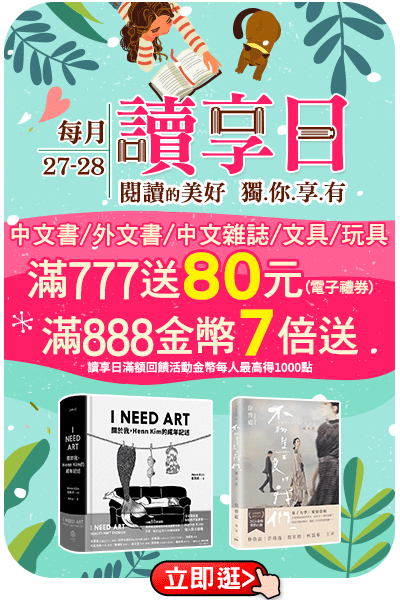




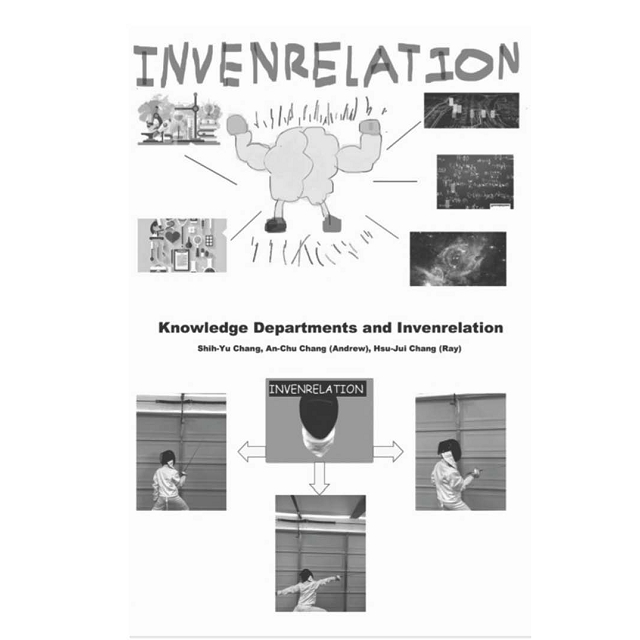

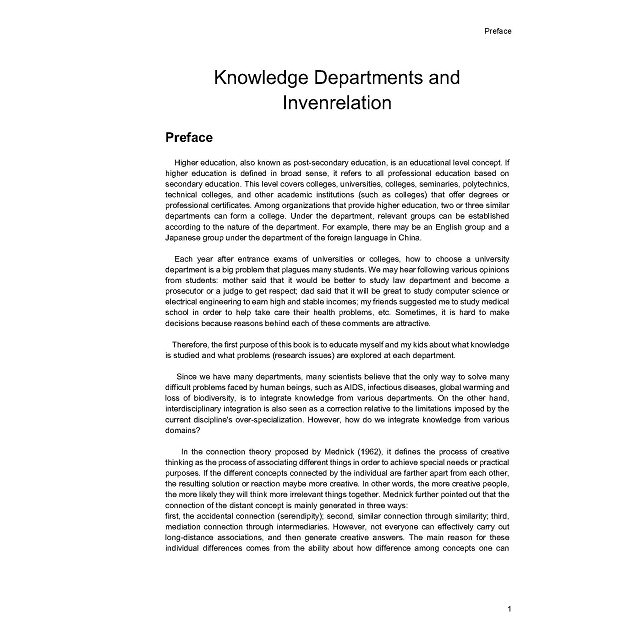
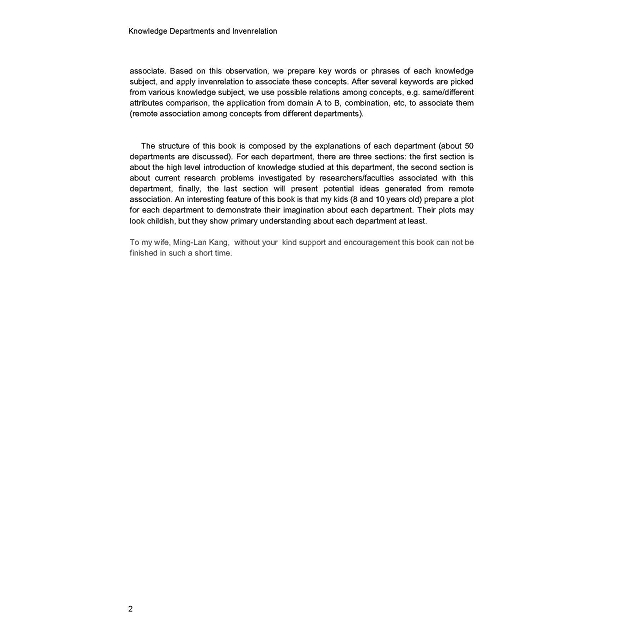


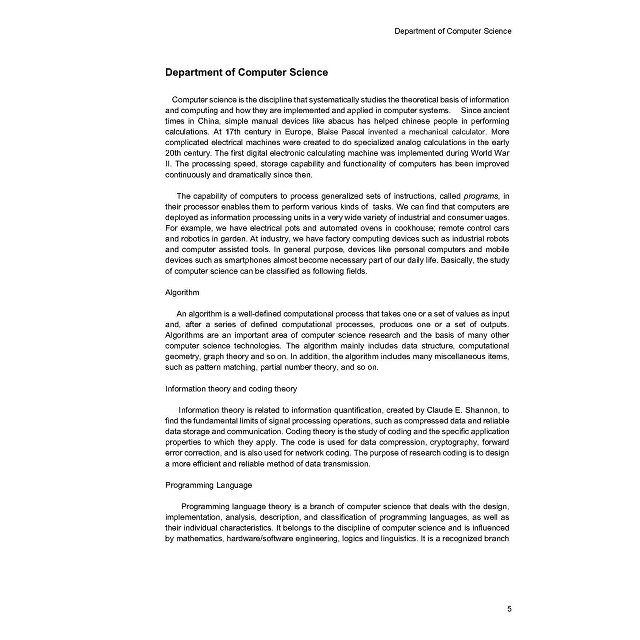
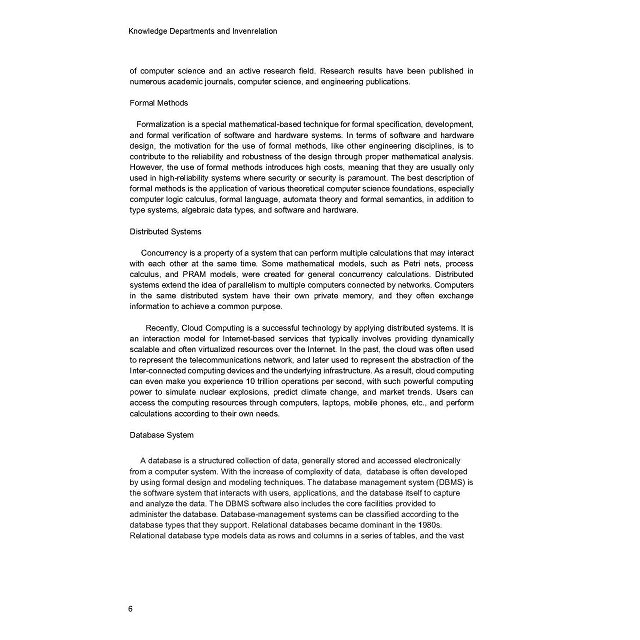
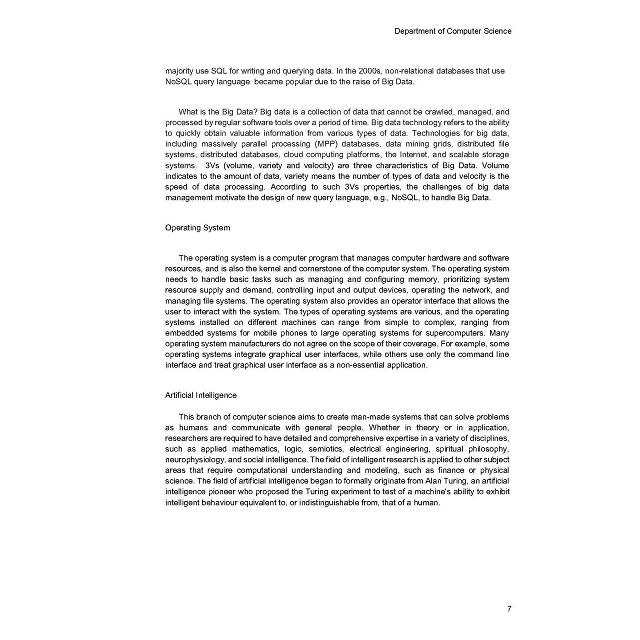

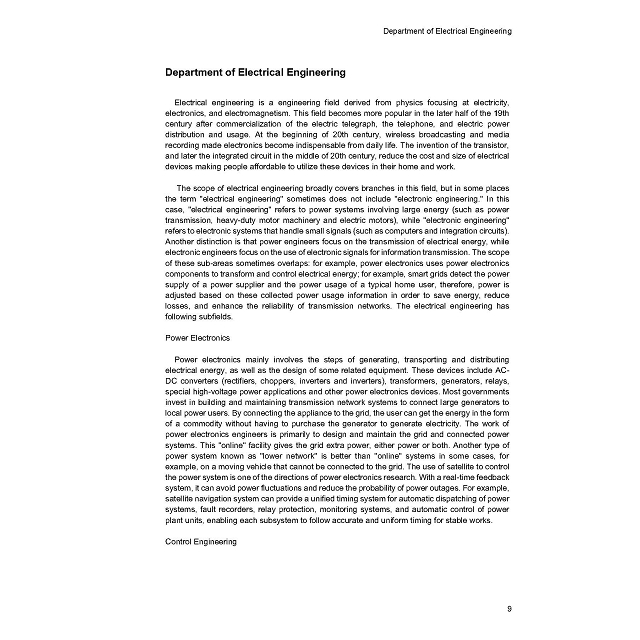
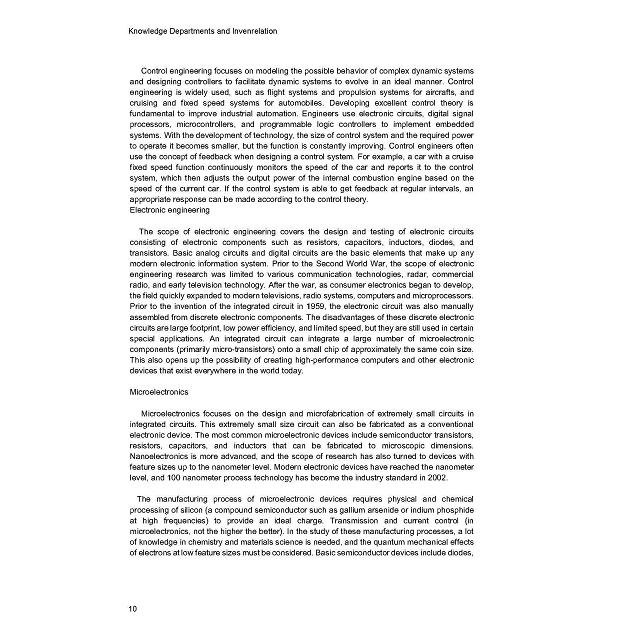
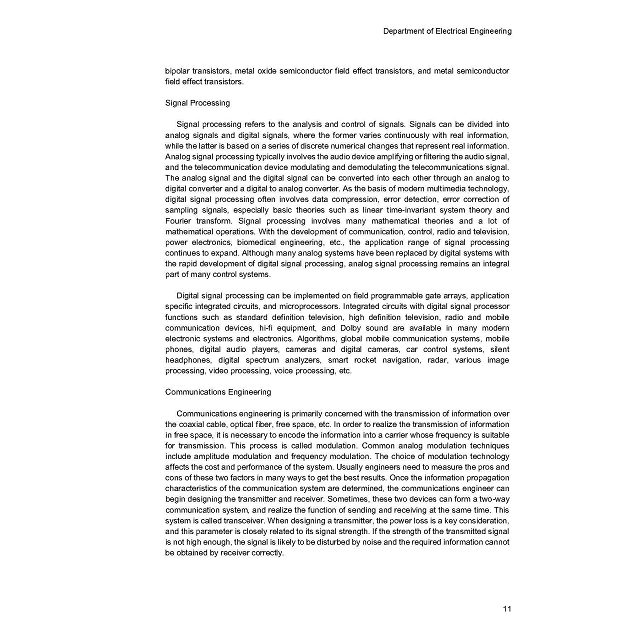

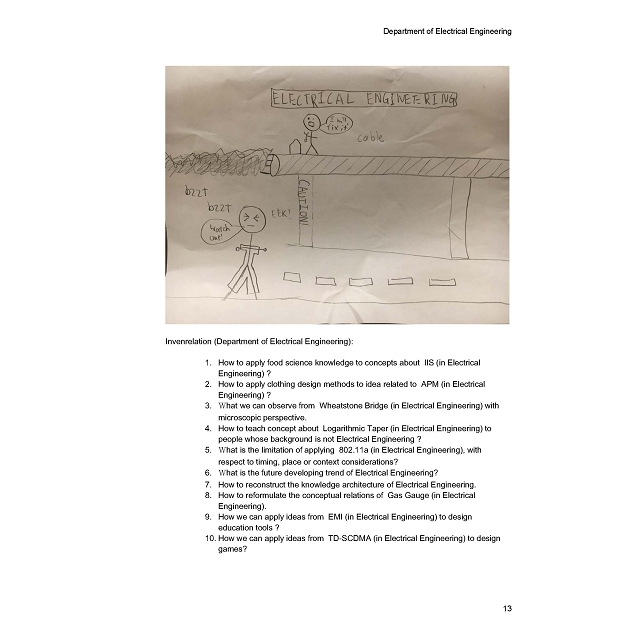


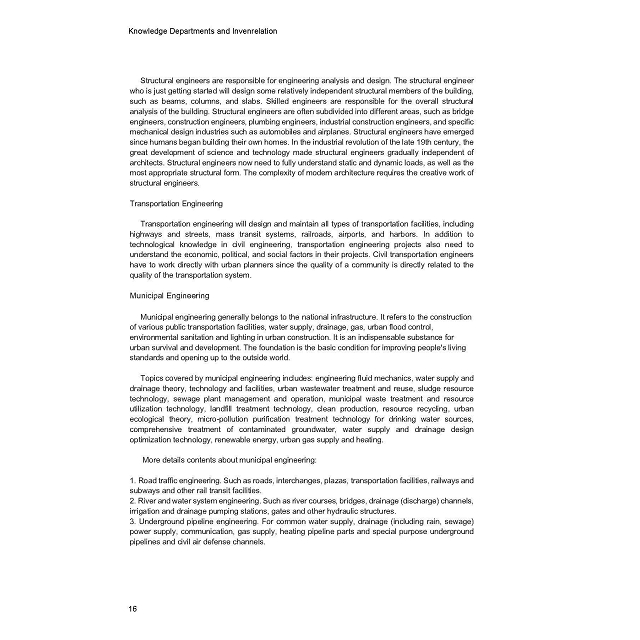
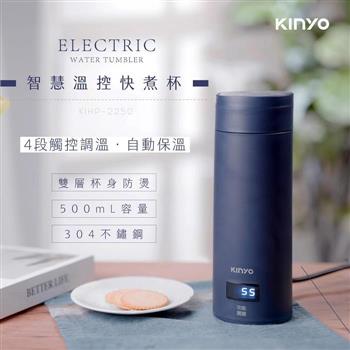


商品評價